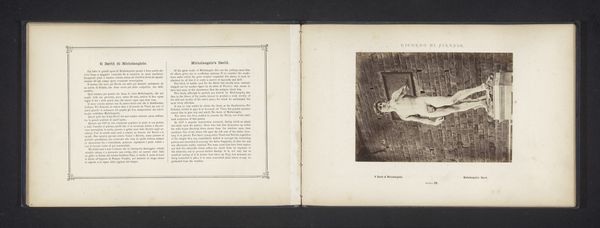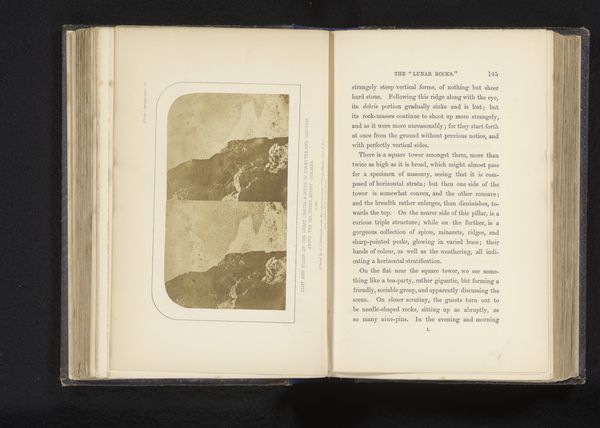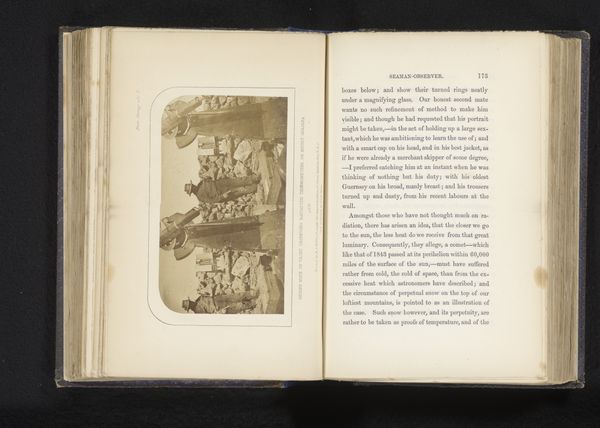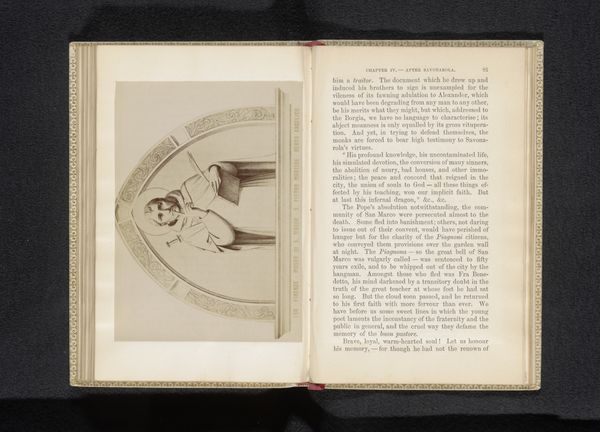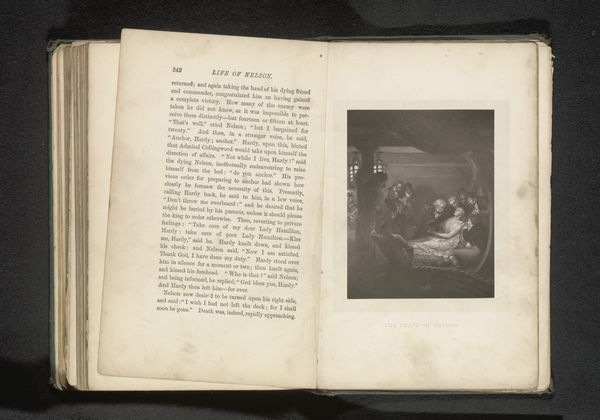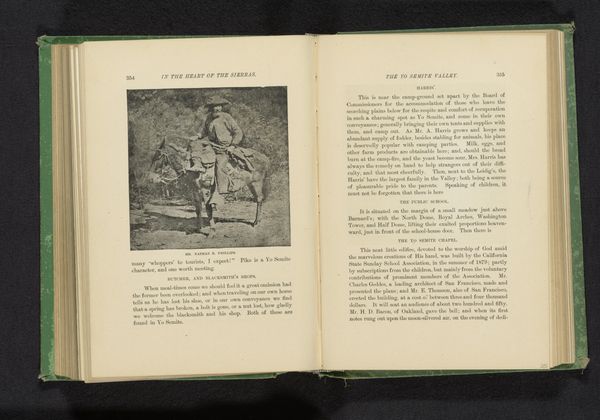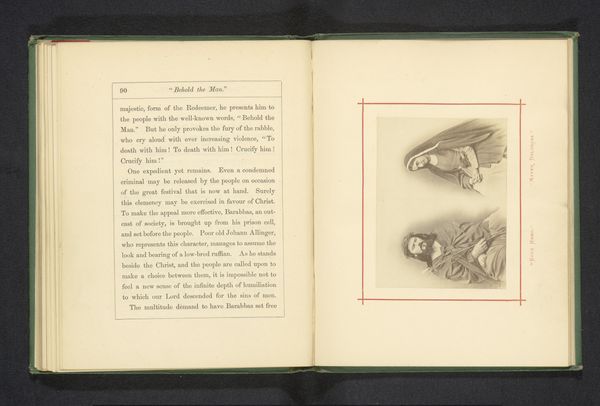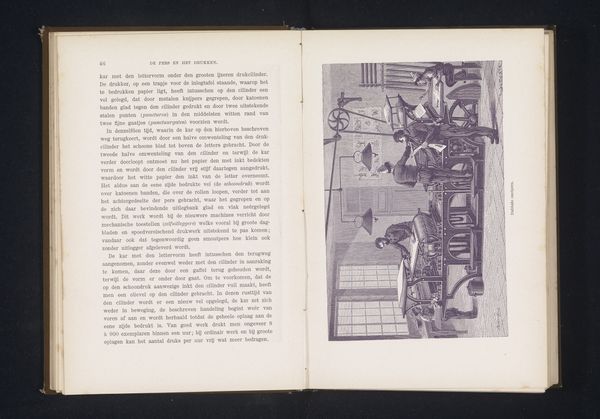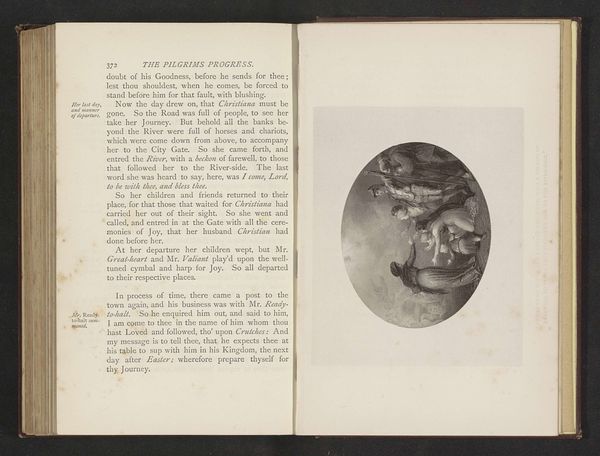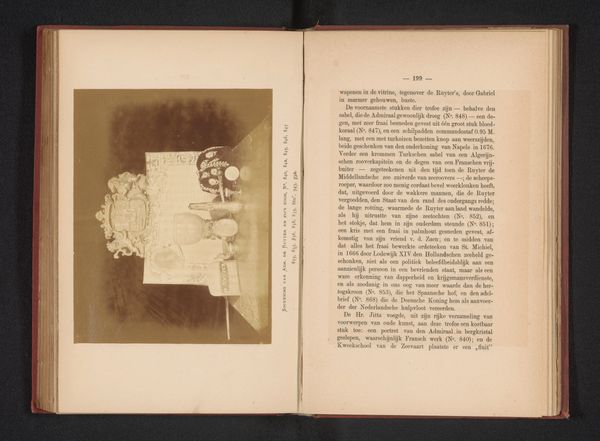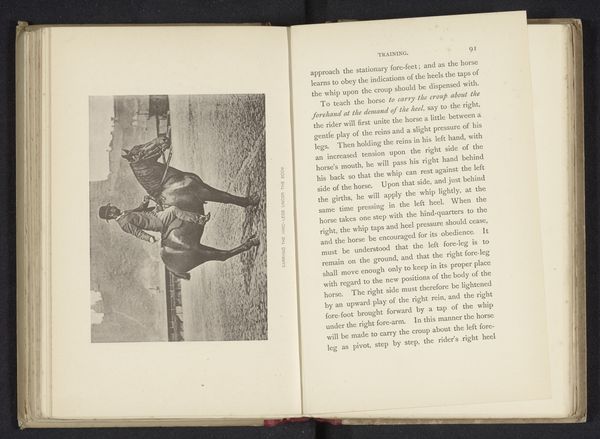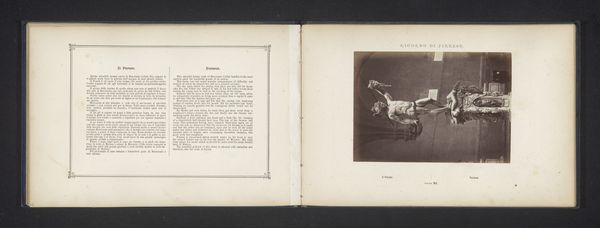
Oratorium in het San Marco-klooster te Florence met een monument voor Girolamo Savonarola before 1888
0:00
0:00
fratellialinari
Rijksmuseum
print, photography, gelatin-silver-print
# print
#
landscape
#
photography
#
gelatin-silver-print
Dimensions: height 100 mm, width 144 mm
Copyright: Rijks Museum: Open Domain
Editor: This gelatin silver print, "Oratorium in het San Marco-klooster te Florence met een monument voor Girolamo Savonarola" by Fratelli Alinari, dated before 1888, presents a somber, almost reverential space. It's the kind of image that makes you think about history, and how places carry echoes of the past. What layers of meaning do you see in this piece? Curator: This image, beyond its aesthetic appeal, captures a site deeply entwined with religious and political upheaval. The monument to Savonarola speaks volumes. Savonarola, as you know, was a Dominican friar who challenged the secular values of Renaissance Florence, leading a brief but intense period of puritanical reform. What does the presence of a monument within a monastic oratory suggest to you about power, dissent, and memory? Editor: Well, the monument almost feels like a kind of rehabilitation of Savonarola. It acknowledges his influence and maybe even tries to reclaim his legacy within the church, despite his controversial methods. Curator: Precisely! It is a site of ongoing negotiation. Photography, like this one, plays a role in constructing narratives about individuals and institutions, right? How might the Fratelli Alinari, through their compositional choices, be contributing to a particular interpretation of Savonarola and his legacy? Consider the angle, the lighting, the focus... Editor: That makes me wonder about the intended audience for this photograph, too. Was it meant to solidify Savonarola’s image or simply document a historical site? Curator: Good question. And think about the broader context: nineteenth-century Italy, grappling with unification and questions of national identity. Religious figures like Savonarola could be appropriated to serve various political agendas. The image therefore is not just an architectural record, it's a loaded cultural artifact. Editor: So, seeing the photo not just as a snapshot of a place, but as a reflection of ongoing power struggles and historical reinterpretations – that’s a completely different lens. Thank you! Curator: Exactly. It encourages us to look for the hidden dialogues embedded within seemingly simple images.
Comments
No comments
Be the first to comment and join the conversation on the ultimate creative platform.

